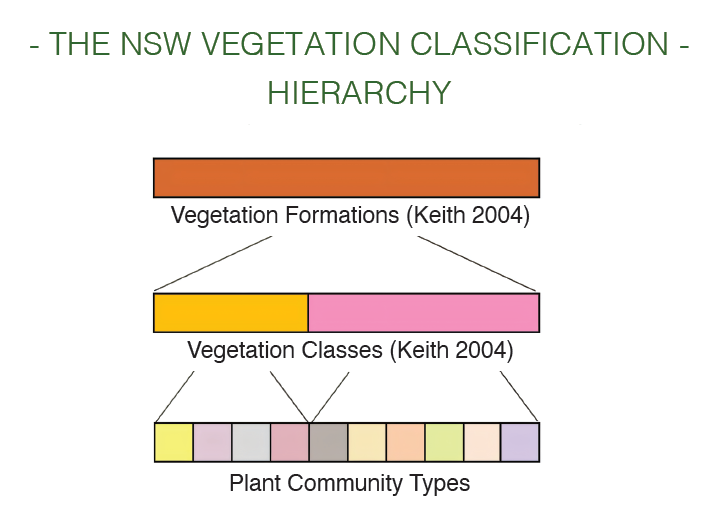Learning the vegetation where you live
The vegetation profiles in this guide are location based – built on local knowledge of places with existing native vegetation, and the expert knowledge of ecologists and practitioners, including what they think are key species for revegetation. The vegetation profiles can assist in identification of the plants still in the landscape, but also help identify what is missing and needs to be included in revegetation.
Why does this matter? Well, if you put back the naturally occurring species for your site, you increase the chances of successful planting. Plus, it benefits the wildlife that relies on those species in the landscape.
While climate change adaptations will shape future decisions, for now, our choices are still based on the existing vegetation communities.
Remember, these profiles aren’t exhaustive lists. Sometimes you need more details about the vegetation type in your area. It helps with planning, regulations, biodiversity programs and funding for threatened species. Many environmental programs refer to these vegetation classifications – they guide your restoration efforts.
There is now a vegetation-type map available for most of NSW based on the ‘NSW vegetation classification framework’ that classifies from broad to specific plant-community types.
Every plant-community type has benchmarks for numbers of species, hollow-bearing trees and woody debris and can be useful to set goals for restoration.
Knowing what your plant-community types are helps you manage remnant vegetation and plan for restoration and your eligibility for potential funding programs or financial rewards.
In this guide, the vegetation-type descriptions in the profiles are more general, as descriptions and classifications have and will change over time.You can view the current specific mapping on the public website ‘NSW SEED portal’ and determine what the vegetation type is on your site.
It is also accessible via the app ‘Trees near me NSW’ (downloadable from your app store) and this can be a good way to start to learn about the vegetation community types you would expect to have on your property. The ‘Trees near me’ app will give a couple of options for the plant-community type you might have – it is made from a model, so read the more detailed description of the options provided to confirm what is actually there.
Find out more…
The NSW vegetation classification framework – https://www.environment.nsw.gov.au/topics/animals-and-plants/biodiversity/nsw-bionet/the-nsw-vegetation-classification-framework
Trees Near Me – https://www.treesnearme.app/
Different Australian vegetation types – AABR
Australia’s vegetation – Australian Plant Information (anbg.gov.au)
Classified vegetation – Bushfire best practice guide (csiro.au)


